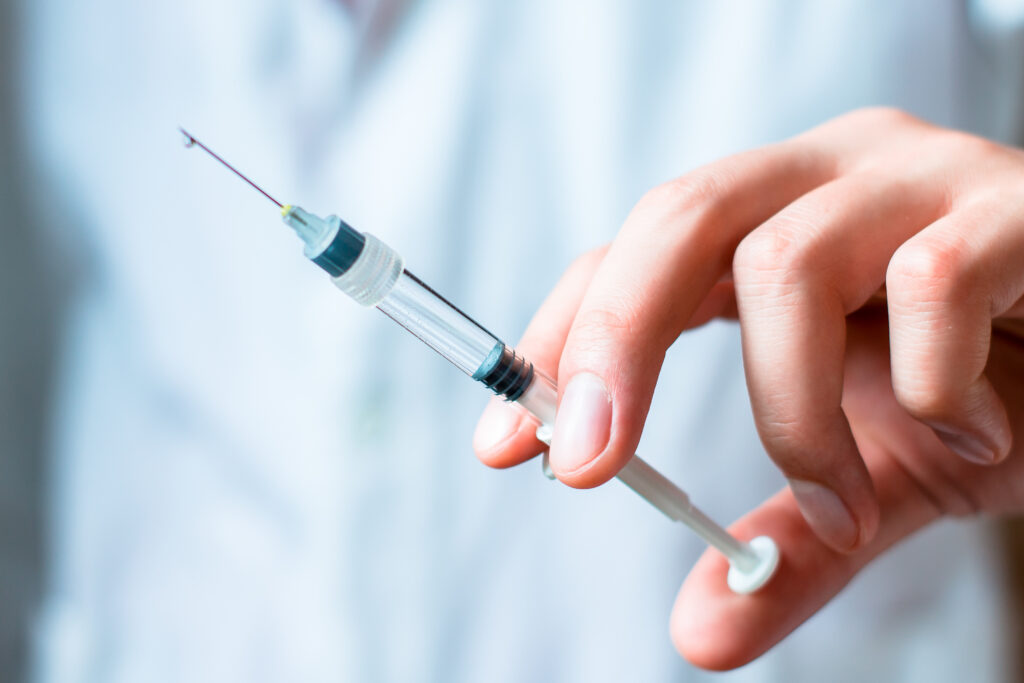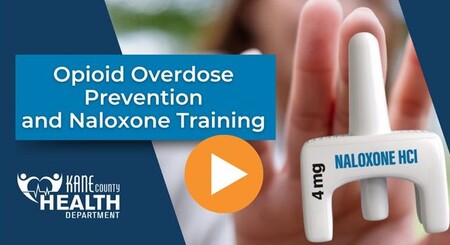Last Tuesday, pharmaceutical giant Johnson & Johnson announced new data reinforcing the strong and long-lasting protection of its COVID-19 vaccine, even against the most recent Delta variant.
New data also showed that protection against COVID-19 increases when a booster shot of the Johnson & Johnson vaccine is administered. The safety profile of the vaccine remained consistent and was generally well-tolerated when administered as a booster.
“Our large real-world evidence and Phase 3 studies confirm that the single-shot Johnson & Johnson vaccine provides strong and long-lasting protection against COVID-19-related hospitalizations. Additionally, our Phase 3 trial data further confirm protection against COVID-19-related death,” said Mathai Mammen, M.D., Ph.D., Global Head, Janssen Research & Development, Johnson & Johnson. “Our single-shot vaccine generates strong immune responses and long-lasting immune memory. And, when a booster of the Johnson & Johnson COVID-19 vaccine is given, the strength of protection against COVID-19 further increases.”
“It is critical to prioritize protecting as many people as possible against hospitalization and death given the continued spread of COVID-19. A single-shot COVID-19 vaccine that is easy to use, distribute and administer, and that provides strong and long-lasting protection is crucial to vaccinating the global population,” said Paul Stoffels, M.D., Vice Chairman of the Executive Committee and Chief Scientific Officer at Johnson & Johnson. “At the same time, we now have generated evidence that a booster shot further increases protection against COVID-19 and is expected to extend the duration of protection significantly.”
The largest real-world evidence study for a COVID-19 vaccine reported to date in the U.S. demonstrated stable vaccine effectiveness of 79 percent (CI, 77%-80%) for COVID-19-related infections and 81 percent (CI, 79%-84%) for COVID-19-related hospitalizations. There was no evidence of reduced effectiveness over the study duration, including when the Delta variant became dominant in the U.S. Sequencing data were not available for analysis. The study included 390,000 people who received the Johnson & Johnson COVID-19 vaccine versus approximately 1.52 million unvaccinated people matched on age, sex, time, three-digit zip code, and comorbidities and predictors for COVID-19 infection severity conducted from March to late July 2021.








